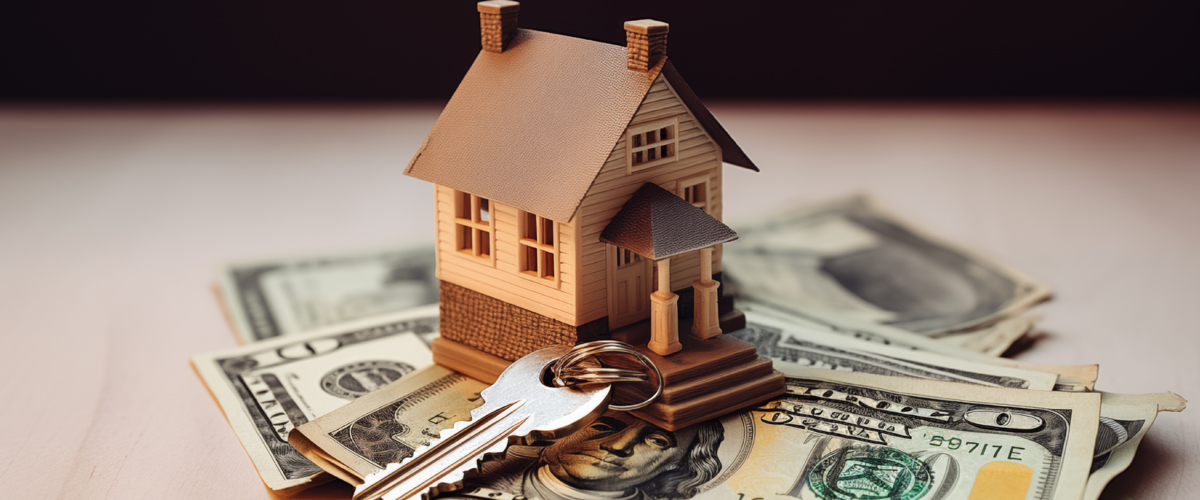The construction industry, particularly the homebuilding sector, is poised for sustained growth, as indicated by recent projections. According to a comprehensive survey by Fannie Mae, home prices are expected to increase in the next two years. This forecast, derived from the insights of over 100 experts spanning the housing, mortgage, and academic sectors, suggests a 2.4% growth in national home prices in 2024, followed by a 2.7% increase in 2025. These figures build on the robust 5.9% growth anticipated as we finish 2023.
–
This trend of gradual price growth is a significant indicator for the construction industry, especially for those involved in homebuilding. The National Association of Home Builders (NAHB), which closely monitors such trends, views these projections as a positive sign for the industry. The steady increase in home prices reflects a resilient market that has withstood various economic pressures, including the rapid rise in mortgage rates.
–
Mortgage Rates and Market Dynamics
The survey also sheds light on the future of mortgage rates, a critical factor influencing the homebuilding sector. Experts predict a stabilization of the 30-year fixed-rate mortgage at around 5.7%, a notable decrease from the recent highs of 8%. This anticipated reduction in mortgage rates is expected to enhance affordability for potential homebuyers, although rates are unlikely to return to the deficient levels seen between 2020 and 2022.
–
Several factors are influencing these mortgage rate trends. Expanding federal fiscal deficits, shifts in globalization, and the transition to green energy will likely exert upward pressure on long-term interest rates. Conversely, the aging population and advancements in artificial intelligence are expected to have a modest dampening effect on these rates.
–
Implications for Small Business Builders and Remodelers
For small business builders, remodelers, and trade companies, the projected increase in home prices and stabilizing mortgage rates present a landscape ripe with opportunities. The gradual price growth suggests a market that is not overheating but is moving towards a more sustainable expansion. This environment is ideal for small builders and remodelers who can benefit from the steady demand without the pitfalls of an overheated market.
–
Moreover, the expected stabilization in mortgage rates could increase homebuying activity as potential buyers find the market more accessible. This scenario is particularly advantageous for small builders and remodelers, who often rely on a steady stream of local projects. The increased demand for homes could translate into more contracts for new builds, renovations, and expansions, boosting these small businesses.
–
- Robust Sales Process: In a market where good leads are precious, a solid and well-thought-out sales process is essential for increasing your sales conversion rate. This strategy not only helps in capitalizing on every opportunity but also ensures you keep and close more of the great prospects in your pipeline. By effectively qualifying leads, nurturing client relationships, and efficiently closing deals, you can maximize your return on investment while aligning your sales strategies with current market trends and buyer preferences.
- Embrace tech: Construction tech is booming, from building information modeling (BIM) to smart home integration. Investing in these tools can streamline processes, boost efficiency, and attract tech-savvy buyers.
- Sharpen your customer service: In a competitive market, exceptional service is critical. Go the extra mile for your clients, build trust, and turn happy customers into loyal advocates.
–
Bonus Tip: Keep an eye on those long-term interest rate drivers identified by the survey: fiscal deficits, globalization, and the green energy transition. Understanding these factors can help you make informed decisions and stay ahead of the curve.





